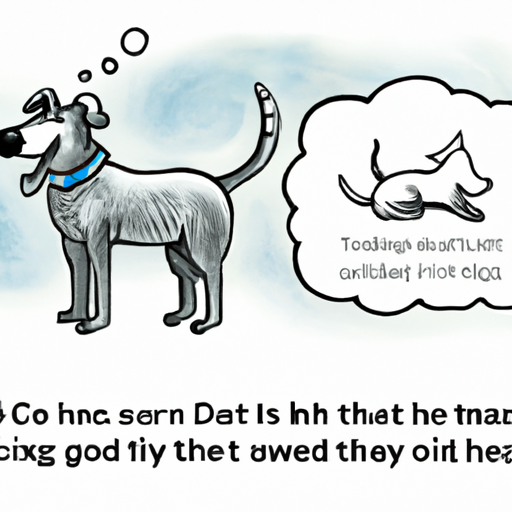As a caregiver, understanding your dog’s body language is essential. One of the most common behaviors you might observe is your dog tucking their tail. But what does this mean? Why do dogs tuck their tails?
Understanding Your Dog’s Body Language
Just like humans, dogs have a language of their own. They communicate not only through barks and growls but also through their body language. As a caregiver, it’s important to understand these messages. Tail tucking is one such canine behavior that carries significant meaning.
Reasons Why Dogs Tuck Their Tails
There are several reasons why your dog might be tucking its tail.
-
Fear or Anxiety: This is the most common reason. When scared or anxious, dogs tuck their tails between their legs as a submissive gesture, indicating they mean no harm.
-
Submission: Dogs also tuck their tails to show submission to more dominant dogs or humans.
-
Physical Discomfort: Tail tucking may also indicate physical discomfort. If your dog’s tail is persistently tucked, it could be a sign of injury or illness.
The Role of the Tail in Canine Communication
Now, let’s delve a bit deeper into the role tails play in canine communication.
- A wagging tail generally indicates happiness and excitement.
- A stiff, raised tail signifies alertness or aggression.
- A tail held straight out implies focus and interest.
- A tucked tail often indicates fear, anxiety, or submission.
| Tail Position | Meaning |
|---|---|
| Wagging | Happiness, excitement |
| Stiff, raised | Alertness, aggression |
| Straight out | Focus, interest |
| Tucked | Fear, anxiety, submission |
How to Respond When Your Dog Tucks Their Tail
As a caregiver, your response when your dog tucks their tail is crucial. Here are some pointers:
- If your dog is showing signs of fear or anxiety, try to remove them from the stressful situation.
- If your dog is submitting to you, it’s important to not intimidate them further.
- If you suspect physical discomfort, consult with a vet immediately.
Frequently Asked Questions
Q: Is tail tucking always a sign of fear?
A: No, while fear is the most common reason, dogs may also tuck their tails to show submission or due to physical discomfort.
Q: Should I take my dog to the vet if they are constantly tucking their tail?
A: Yes, persistent tail tucking could be a sign of physical discomfort and should be checked by a vet.
Q: Can I train my dog to stop tucking their tail?
A: You can’t and shouldn’t. Tail tucking is a natural form of communication for dogs. Instead, try to understand why your dog is feeling scared or anxious and alleviate their fear.
By understanding why your dog tucks their tail, you can better respond to their needs and strengthen your bond. After all, communication is the key to a successful relationship, whether human or canine.



